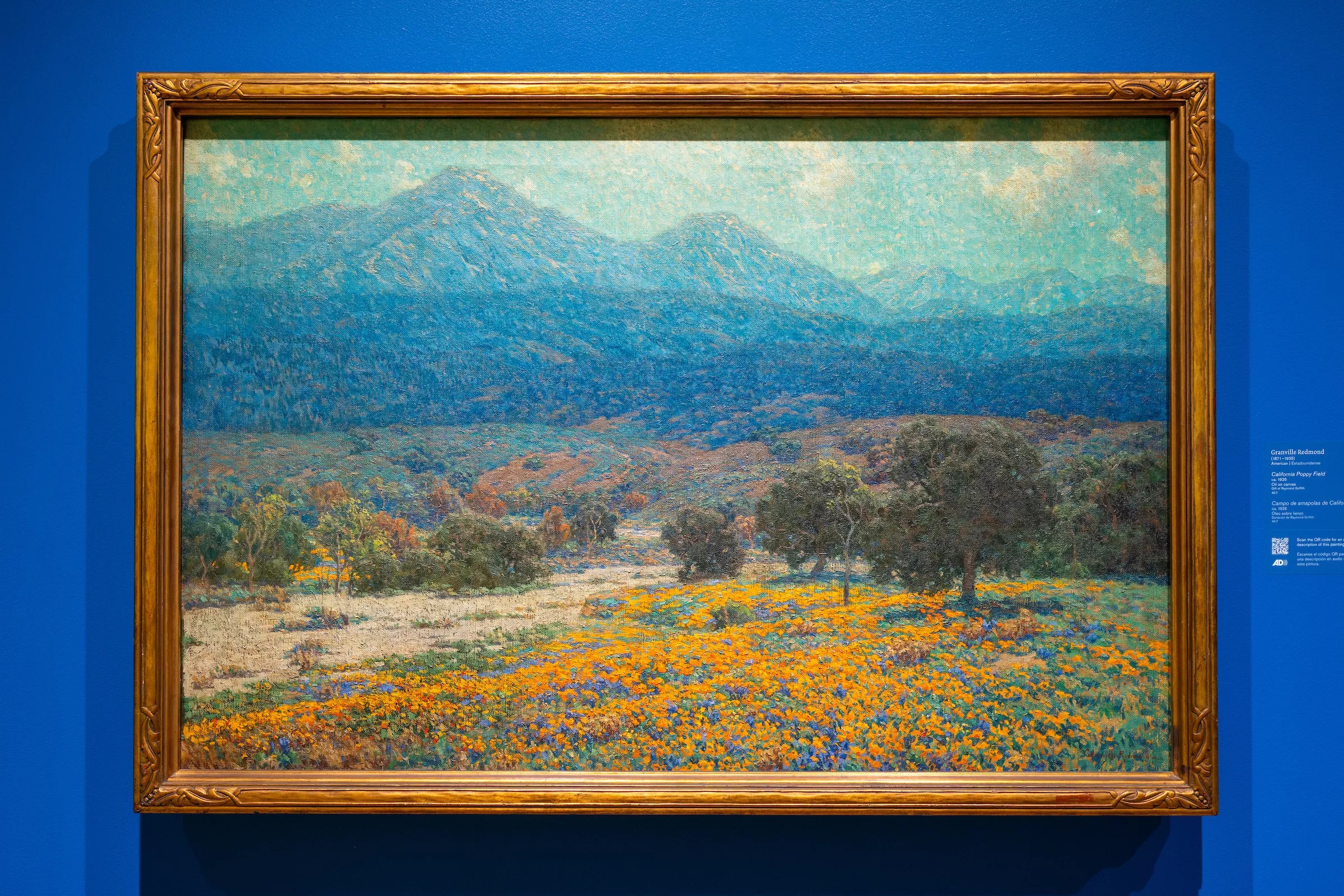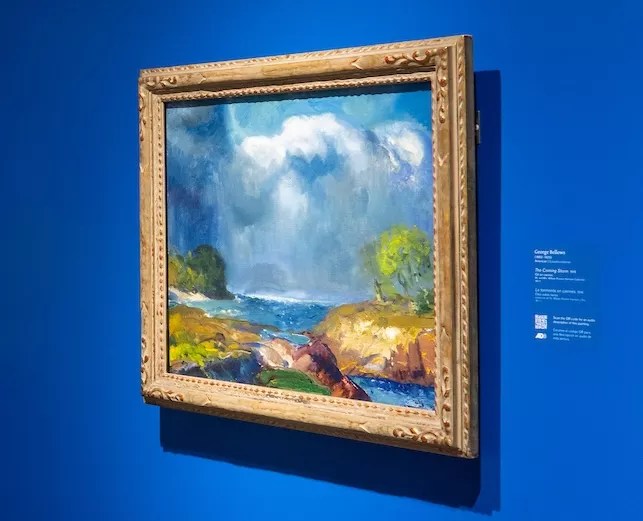
Scott Dressel-Martin

Audio By Carbonatix
About 145 years ago, a group of artists in France started experimenting with a new style of landscape painting. Characterized by vivid, almost radioactive colors and fluid yet imprecise brush strokes, this art style gave the impression that the painting was almost vibrating on the wall. Somehow, a static image would be transformed, supercharged into a living moment.
They called themselves “Impressionists,” maybe because impression implies instability, a certain shakiness or fallibility – that a painting, no matter how accurate or realistic, is always an imitation, and a pale one at that, of the vibrating world we see and move through. As long as we’re only imitating, these French painters might have said to each other, maybe over a glass of hallucinogenic absinthe in a smoky cafe, why not imitate, even exaggerate, the world’s shimmering qualities – the flecks of green in a mostly blue sky, the shoots of blue in otherwise green leaves of grass?
This summer, the Denver Botanic Gardens welcomed Blue Grass, Green Skies: American Impressionism and Realism from the Los Angeles County Museum of Art to the walls of its Freyer – Newman Center gallery.
If your reaction to the phrase “American Impressionism” is along the lines of, “I didn’t know we did that here,” you’re not alone. To fix this, you should see the show before it leaves town on September 14. With works from Childe Hassam, George Bellows, Ernest Lawson and Mary Cassatt, the exhibit sheds a radiant light on a strong but overlooked movement in American art.
This year, make your gift count –
Invest in local news that matters.
Our work is funded by readers like you who make voluntary gifts because they value our work and want to see it continue. Make a contribution today to help us reach our $50,000 goal!
“The Impressionists weren’t just trying to create realistic paintings,” explains Jen Tobias, associate director of exhibitions & art collections at the Botanic Gardens. “They were trying to capture a moment.”
What the painters realized was that a single moment could contain thousands, if not millions of colors, and that those colors often defied the brain’s expectations of where they should or shouldn’t be. Hence the name of the exhibit, which refers to a common complaint from critics – that colors appeared where they didn’t belong, like green in the sky or blue in the grass, and that imprecise, hyperactive brushstrokes made the paintings appear rushed and unfinished.

George Bellows, “The Coming Storm”
Scott Dressel-Martin
In George Bellows’s “The Coming Storm,” that rushed, unfinished feeling is basically the point. An encroaching Nor’easter rumbles over the horizon and into frame like an angry deity, threatening to drench the painter and his canvas if he doesn’t hurry up and finish already. “It’s a beautiful seascape,” Tobias reflects, “but it also provokes the feeling of watching a massive storm roll in and thinking, ‘I better get out of here.'”
“The paintings speak to a historical moment of tremendous change,” Tobias elaborates. In the midst of the industrial revolution, the artists turned to nature both for inspiration and a kind of artistic activism, amplifying what was disappearing as modernity encroached. In the art’s intense movement, there is instability. Anything vibrant is vulnerable.

Granville Redmond, “California Poppy Field”
Scott Dressel-Martin
The curator points out that Impressionism was also influenced by a small but profound technological advancement: the invention of portable metal paint tubes, which allowed artists to paint outdoors, or plein air, without their materials drying up. It moved the painting process from the studio, where artists painted from sketches or memory, into the actual environment they were depicting.
It’s hard to ignore how this new technology, which allowed humans to become more involved in the creative process, inspired artistic breakthroughs that still move us a century-and-a-half later. It’s harder to ignore how another new technology, which eliminates the creative process altogether, stops art dead in its tracks.
If any name jumps off the list of artists included in Blue Grass, Green Skies, it’s undoubtedly Mary Cassatt. Like some of her male contemporaries, she learned much of her craft by studying other Impressionists in France. Unlike them, she wasn’t encouraged to paint much when she returned. When she was permitted to paint at all, she was limited to focusing primarily on domestic scenes – mothers and their children, interiors and furniture, etc.

Mary Cassatt, “Woman and Child”
Scott Dressel-Martin
In “Woman and Child,” it’s clear that limiting her visual purview only amplified her ingenuity. The focused, anxious eyes of the mother and baby convey a restless devotion, while the blurry limbs and background evoke a peace as time passes. “Again,” Tobias points out, “it’s about a moment, and a feeling.”
Though mostly landscapes and city views, the paintings in Blue Grass, Green Skies are undeniably human. The same flaws that frustrated critics are the touches that make these paintings so compelling. They’re a welcome reminder that we don’t seek perfection in art. We seek a reflection of ourselves and our world – fragile, fractured and alive.
Blue Grass, Green Skies is on display at the Denver Botanic Gardens, 1007 York Street, through September 14. Find tickets and membership information at botanicgardens.org.